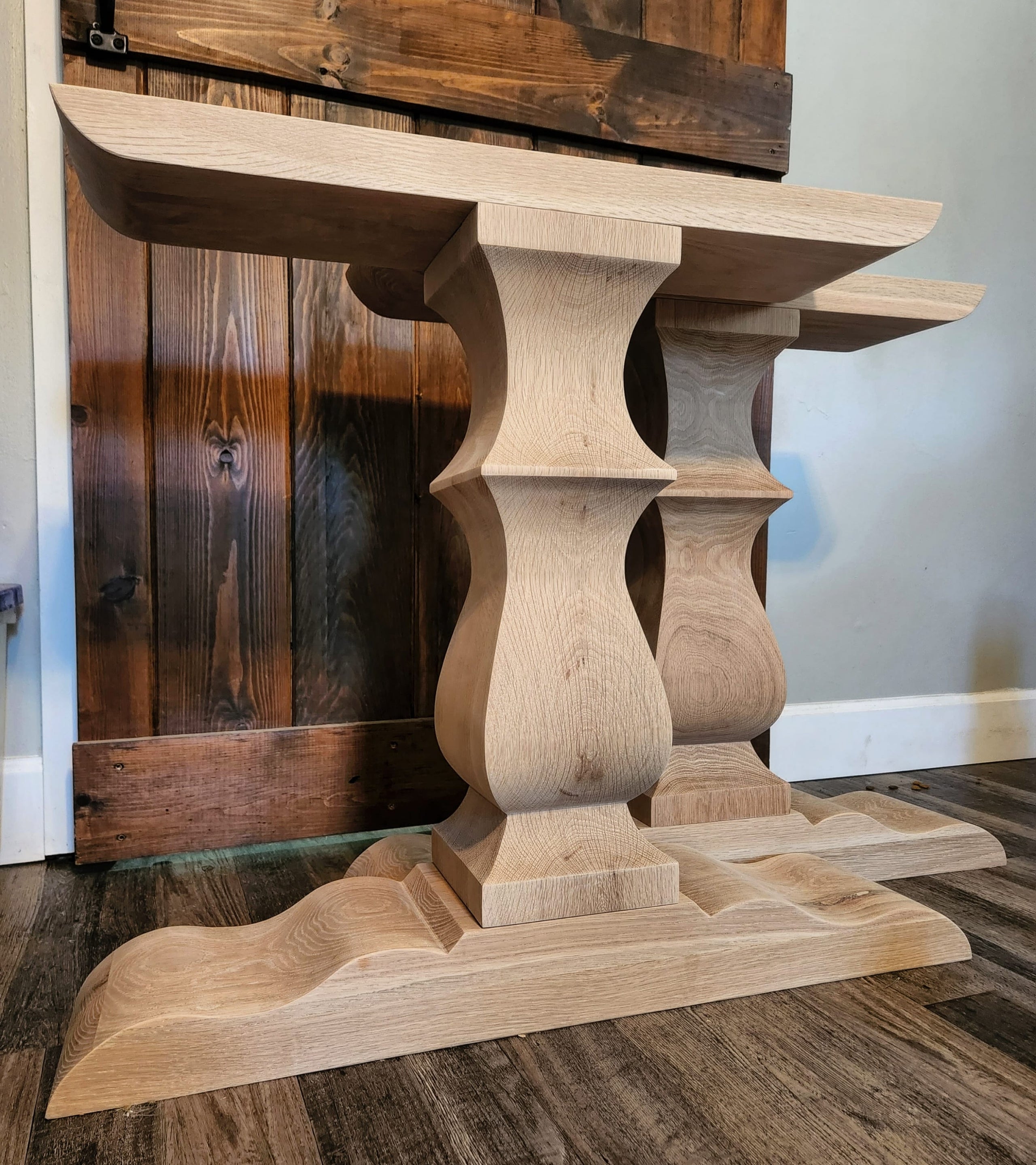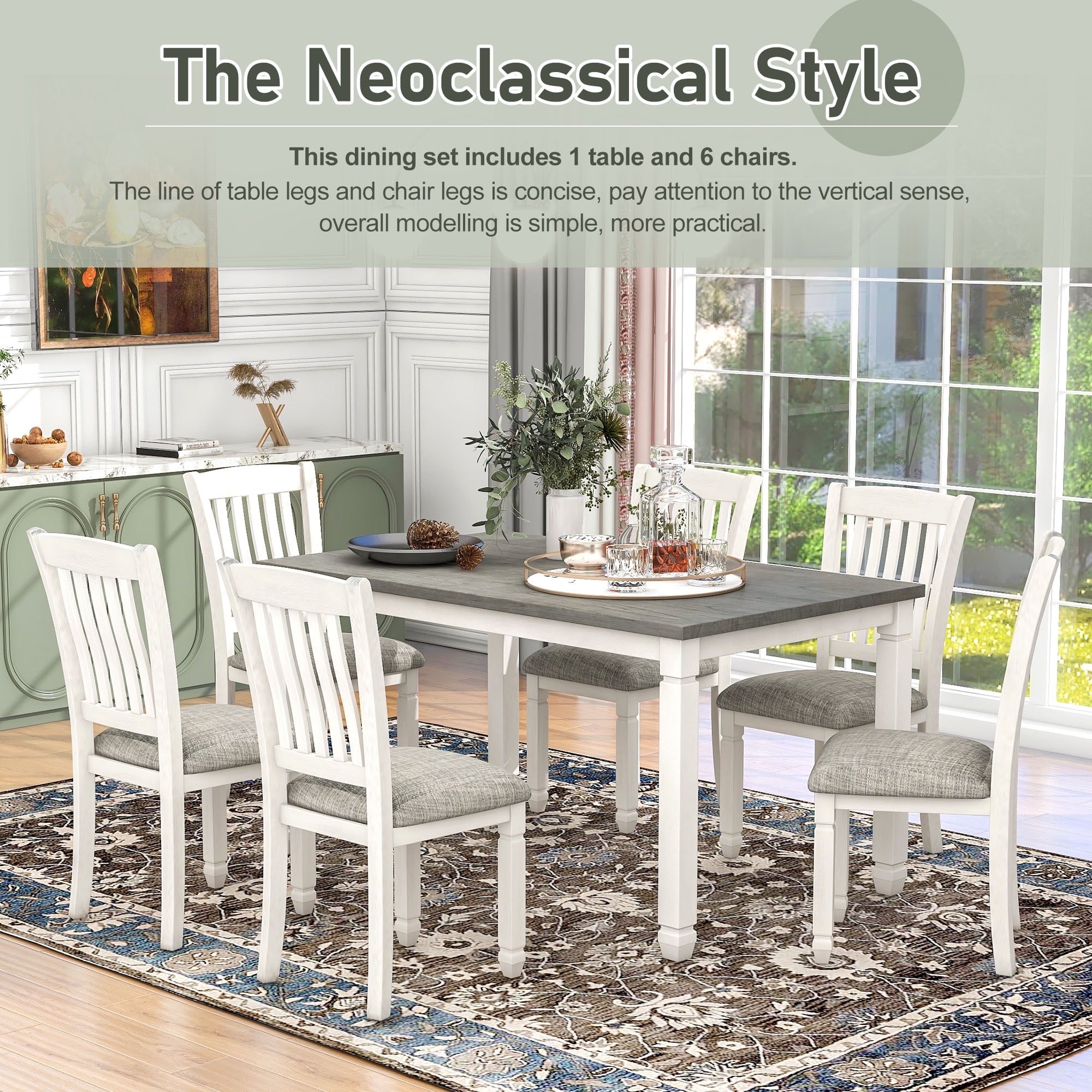The Top Trends in Dining Room Table Legs You Need to Know
The Top Trends in Dining Room Table Legs You Need to Know
Blog Article
From Typical to Modern: Locate the Suitable Dining-room Table Legs for Your Design
While timeless layouts such as cabriole and transformed legs evoke a sense of ageless sophistication, modern designs like barrette and geometric choices offer an opportunity for striking aesthetic passion. As you consider these aspects, the inquiry continues to be: exactly how can you flawlessly incorporate these diverse leg designs to develop an unified dining experience?
Recognizing Table Leg Styles
The range of eating room table leg styles can substantially influence both the looks and performance of the area. Each leg design contributes one-of-a-kind visual elements and functional features, satisfying varied design choices and usage demands. Comprehending these designs is important for choosing the ideal eating table that lines up with your general indoor layout vision.
For example, conical legs provide a tidy, traditional appearance that can boost a room's elegance, while stand bases offer security and make best use of legroom, making them excellent for smaller sized spaces. Barrette legs, a hallmark of mid-century modern-day design, introduce a commercial style, enabling a ventilated, open feel. In a similar way, trestle legs evoke rustic charm, providing durable assistance and a sense of timelessness.
In addition, the option of materials plays a significant duty. Wooden legs can bring heat and texture, whereas metal choices usually communicate a smooth, contemporary vibe. Inevitably, understanding table leg styles is crucial for producing a natural dining location that mirrors personal design while ensuring usefulness and comfort. By attentively taking into consideration these components, you can improve both the useful and visual allure of your eating area.
Traditional Table Leg Options
When selecting eating area table legs, conventional alternatives typically personify classic sophistication and workmanship. These styles show a rich heritage and a commitment to top quality, making them perfect for those that value timeless appearances.
Among the most legendary conventional leg designs is the cabriole leg, identified by its elegant rounded form. This style usually includes decorative makings and is most commonly discovered in Queen Anne and Chippendale furniture. One more popular alternative is the transformed leg, which flaunts a series of smooth, rounded shapes that supply a classic look while maintaining stability.
Additionally, the straight leg, while simple, provides a basic and strong structure that can mix flawlessly with a range of tabletop designs. For those attracted to ornate describing, claw-and-ball feet legs evoke a sense of magnificence and can work as a sensational prime focus in any kind of dining space.
Lastly, pedestal bases, although not purely legs, provide an alternate conventional choice that permits enough legroom and can be wonderfully carved. Each of these traditional leg designs adds to the total ambiance of a dining space, marrying function with visual charm.

Modern Table Leg Designs
Modern table leg layouts supply a varied series of designs that emphasize cutting-edge products and clean lines. These layouts commonly prioritize functionality while acting as striking prime focus within a dining area. Minimal appearances are prevalent, with legs crafted from products such as metal, glass, and crafted wood, which add to a ventilated and modern feeling.
One popular layout is the barrette leg, characterized by its slim, conical framework that provides stability without overwhelming the tabletop (dining room table legs). This look these up design is usually found in mid-century contemporary furniture and can easily match numerous table shapes. Another pattern is using geometric forms, where legs might tackle angular or asymmetrical forms, adding aesthetic rate check these guys out of interest and a touch of artistry

Mixing Styles for Special Spaces
Usually, home owners seek to produce unique dining spaces that reflect their personal design by mixing various layout aspects. This technique enables for the consolidation of varied aesthetics, leading to an unified yet distinct atmosphere. Combining a rustic wooden table with streamlined, contemporary steel legs can produce an eye-catching contrast that boosts the room's total allure.
Furthermore, integrating vintage table legs with contemporary tabletops can evoke a sense of history while maintaining a contemporary sensibility. Such mixes not only display private preference but also urge creative thinking, permitting home owners to curate a room that really feels both individual and welcoming.
Shade plays an essential function in this mixing process; choosing table legs that match or comparison with the existing color system can improve aesthetic interest. For instance, whitewashed legs can soften the daring of a dark table surface, developing a balanced visual.
Tips for Choosing the Right Legs
Picking the right table legs is crucial for attaining both capability and visual allure in your dining room. Begin by thinking about the overall style of your area. Traditional setups take advantage of legs that feature elaborate carvings or transformed styles, while contemporary areas click over here now may call for smooth, minimalist designs.
Following, evaluate the elevation and security of the legs. dining room table legs. Typical table vary in between 28 to 30 inches in elevation, so make certain the legs enhance this dimension for comfort. Additionally, robust products, such as wood or metal, can improve stability and longevity
Evaluate the leg shape also-- alternatives include directly, tapered, or pedestal designs. Straight legs offer a traditional look, while conical legs can include a touch of beauty. Pedestal bases give enough legroom and are ideal for smaller sized areas.
Final Thought
In recap, selecting the suitable eating space table legs requires careful consideration of both modern-day and conventional styles. By harmonizing leg design, height, and material with the overall décor, a natural and inviting environment can be attained.
The variety of dining area table leg styles can considerably affect both the looks and performance of the area. Inevitably, recognizing table leg designs is essential for producing a cohesive eating area that reflects individual style while making sure practicality and comfort.One of the most famous traditional leg designs is the cabriole leg, defined by its graceful rounded shape. Straight legs provide a classic appearance, while conical legs can add a touch of sophistication.In summary, selecting the excellent dining space table legs needs cautious factor to consider of both modern and traditional styles.
Report this page